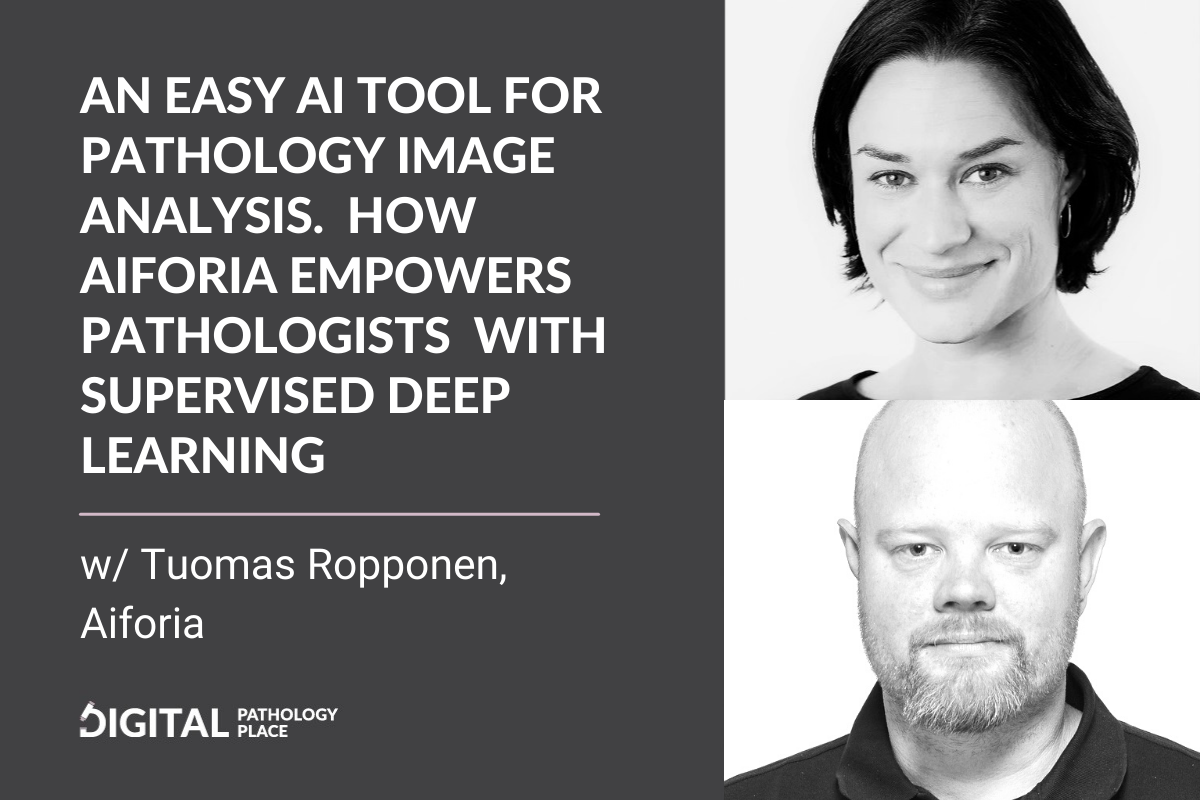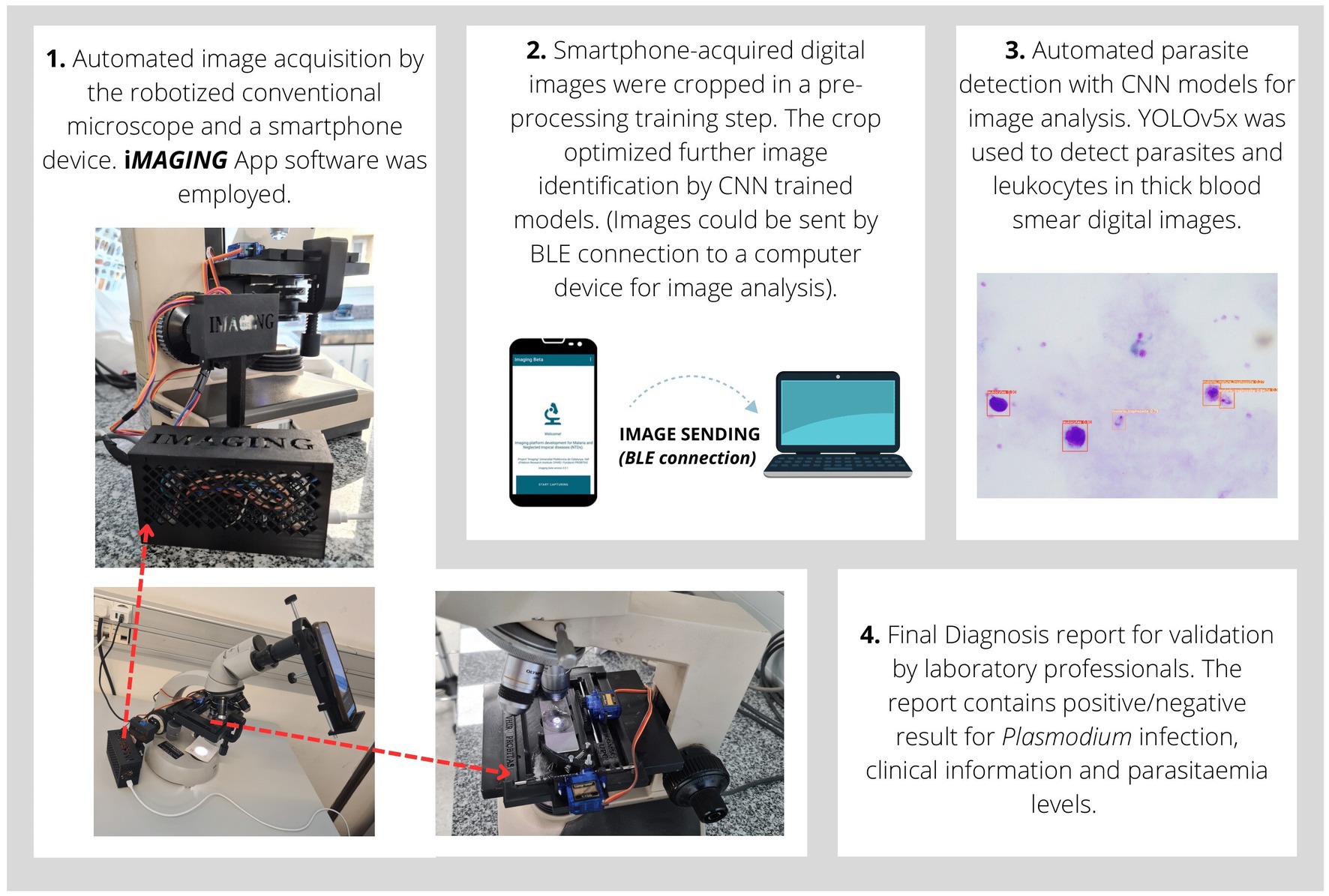From Microscope to Monitor: Stanford Pathology's AI Journey
In the world of pathology, the use of AI technology is revolutionizing the field, and Stanford University is at the forefront of this transformation. Dr. Rebecca Rojansky, Assistant Professor and Co-Director for Pathology Informatics at Stanford University, is leading the charge in integrating AI into pathology practices.

The Role of AI in Pathology
Dr. Rojansky's work focuses on leveraging AI for improved medical diagnosis through image analysis and other AI tools. By incorporating AI into pathology, diagnostic accuracy, efficiency, and accessibility are greatly enhanced. Through a case study of a patient with suspected leukemia, Dr. Rojansky demonstrated how AI-powered tools can assist in the diagnosis process, from initial blood tests to detailed analysis of bone marrow biopsies.
One of the key advancements in digital pathology is the streamlining of workflows, reduction in turnaround times, and addressing the global shortage of pathologists. However, challenges such as high data storage costs and the lack of standardized formats for AI models validation still remain.
Advancements in Digital Pathology
The clinical laboratory has undergone a significant transformation in recent years, moving towards fully automated pipelines. These advancements allow for more efficient processing of patient samples and the integration of digital outputs into electronic medical records for better patient monitoring.

With the aid of AI, tasks such as analyzing blood smears have also been revolutionized. AI tools can now scan and analyze blood smears, providing automated results that are more accurate and reproducible compared to manual evaluations.
Challenges and Opportunities
One of the main challenges in digital pathology is the validation of AI algorithms. While these tools show promising results, there is a need for standardized validation methods beyond manual microscopy. Additionally, integrating pathology data with patient records holds great potential for personalized treatment and improved patient outcomes.

Looking ahead, Dr. Rojansky emphasizes the importance of collaboration in structuring pathology data for AI training, enhancing multimodal models, and developing cost-effective data storage solutions to further advance the field of AI in pathology.




















